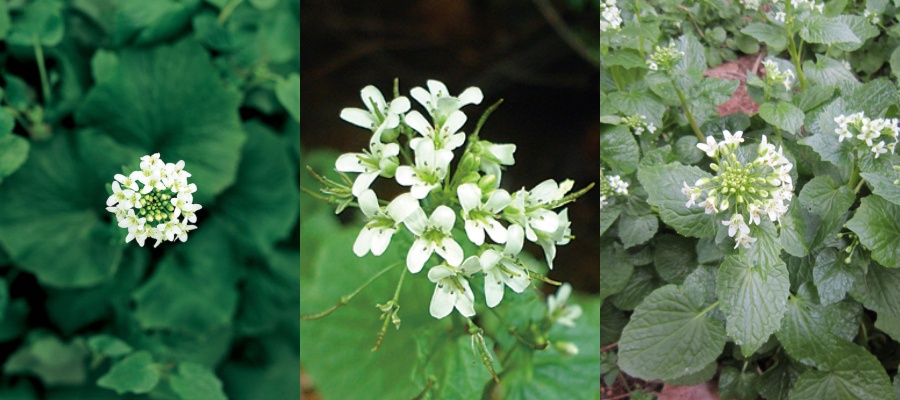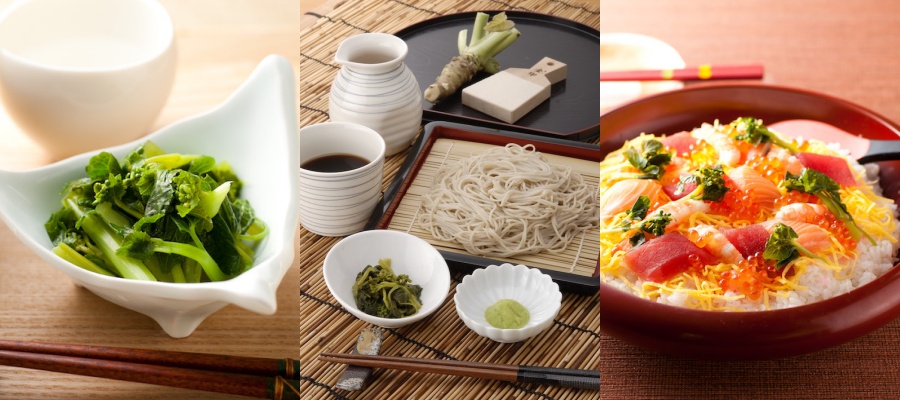When we give or receive flowers, have you ever stopped to think about the meaning behind the flower you just purchased or received? Did you know that each flower has a meaning also known as flower language? For example, the most popular flower for Valentine’s day is a red rose. The flower language behind the red rose is love and respect. However, not all roses are created equal and the meaning changes based on the color. For example, a white rose represents innocence while a dark crimson rose represents mourning. Pale pink rose means grace and joy while yellow roses carry the meaning of friendship. Other flowers such as Daisies mean purity, Magnolias mean nobility and Orchids mean beauty. However, not all flowers carry positive meanings. For example, Marigolds mean cruelty and Petunias mean resentment or anger. Each individual flower and color have a separate meaning which probably was given based on each flower’s past and history.
Did you know that wasabi also has flowers and they also carry a meaning as well? Wasabi flowers bloom every Spring around March to May. Each flower has 4 petals and is white in color. Each flower is small and grows in bunches as opposed to a single stem flower. The meaning behind wasabi flower is practical, awaken and tears of joy. Wasabi plant consists of many parts including the flower, leaves, stems, rhizome and roots. One of the greatest things about the wasabi plant is that all parts of the plant can be consumed leaving no waste. This is how this flower received practicality as one of its meanings. Similar to the rhizome, the wasabi flower also has a mild pungency giving its name awaken as it awakens your senses upon consumption. Lastly, the aroma of fresh wasabi sometimes causes tears, similar to the effect of an onion. Wasabi plants (especially the fresh rhizomes) are delicious and these tears are a reflection of joy.

So now you may be asking, how exactly do we eat wasabi flowers. Wasabi flowers are actually picked prior to blooming and they are usually marinated in a soy sauce blend to create a pickled wasabi delicacy that can be enjoyed once every year. The wasabi flower, also known as “hana wasabi” is limited in quantity which allows us to produce a small amount for distribution. It has a crunchy texture with a hint of aroma and pungency, which makes it perfect for a topping on chirashi sushi or noodle dishes.

The next time you are out purchasing or viewing flowers, it might be interesting to see what meaning and history behind that flower. As with everything in this world, we all have a history that has helped form us to what we are today.
